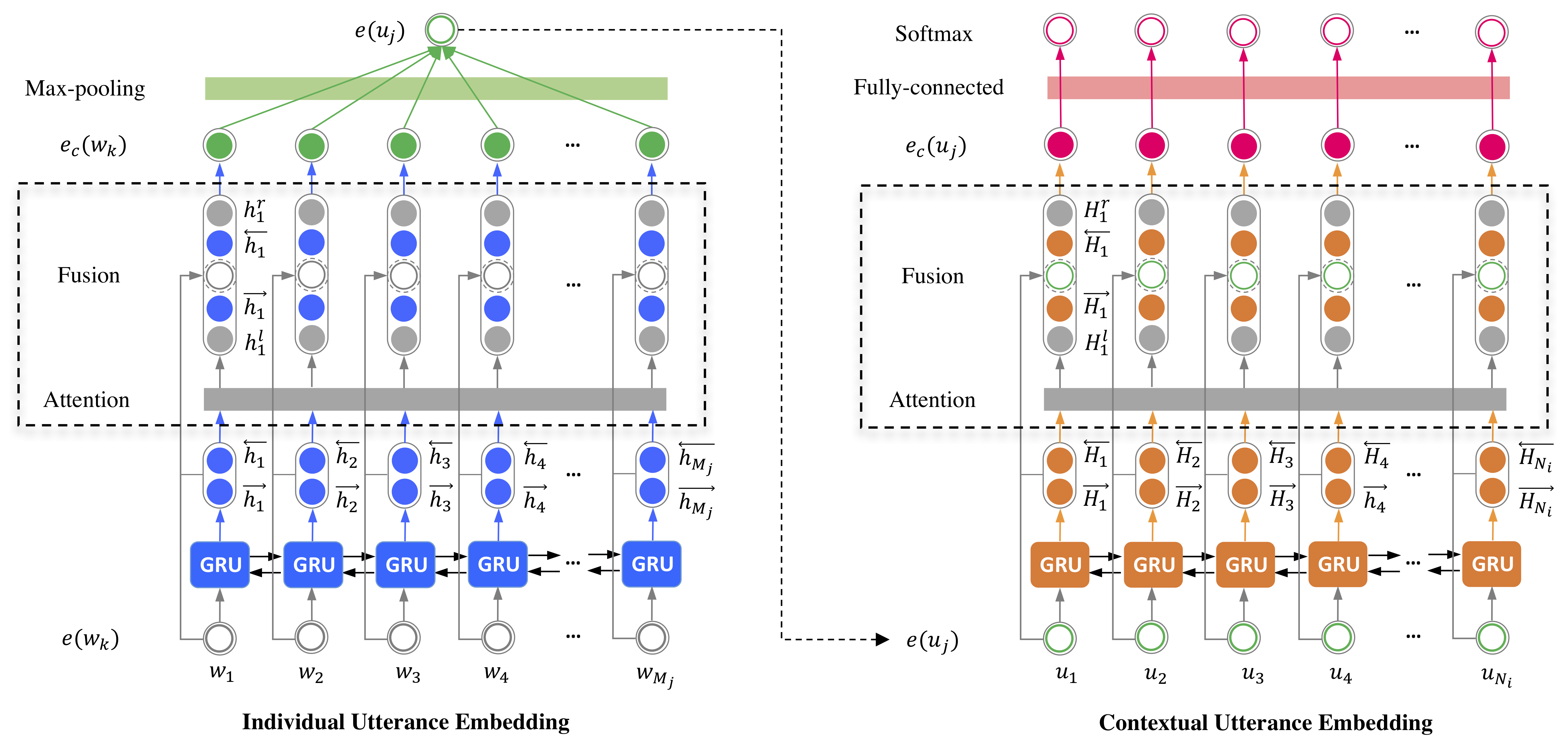Keeping Up Appearances: Computational Modeling of Face Acts in Persuasion Oriented Discussions
The notion of face refers to the public self-image of an individual that emerges both from the individual's own actions as well as from the interaction with others. Modeling face and understanding its state changes throughout a conversation is critical to the study of maintenance of basic human needs in and through interaction. Grounded in the politeness theory of Brown and Levinson (1978), we propose a generalized framework for modeling face acts in persuasion conversations, resulting in a reliable coding manual, an annotated corpus, and computational models. The framework reveals insights about differences in face act utilization between asymmetric roles in persuasion conversations. Using computational models, we are able to successfully identify face acts as well as predict a key conversational outcome (e.g. donation success). Finally, we model a latent representation of the conversational state to analyze the impact of predicted face acts on the probability of a positive conversational outcome and observe several correlations that corroborate previous findings.
PDF Abstract EMNLP 2020 PDF EMNLP 2020 Abstract
